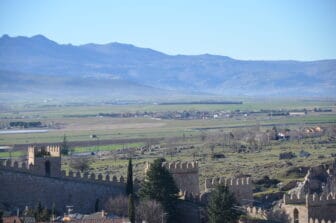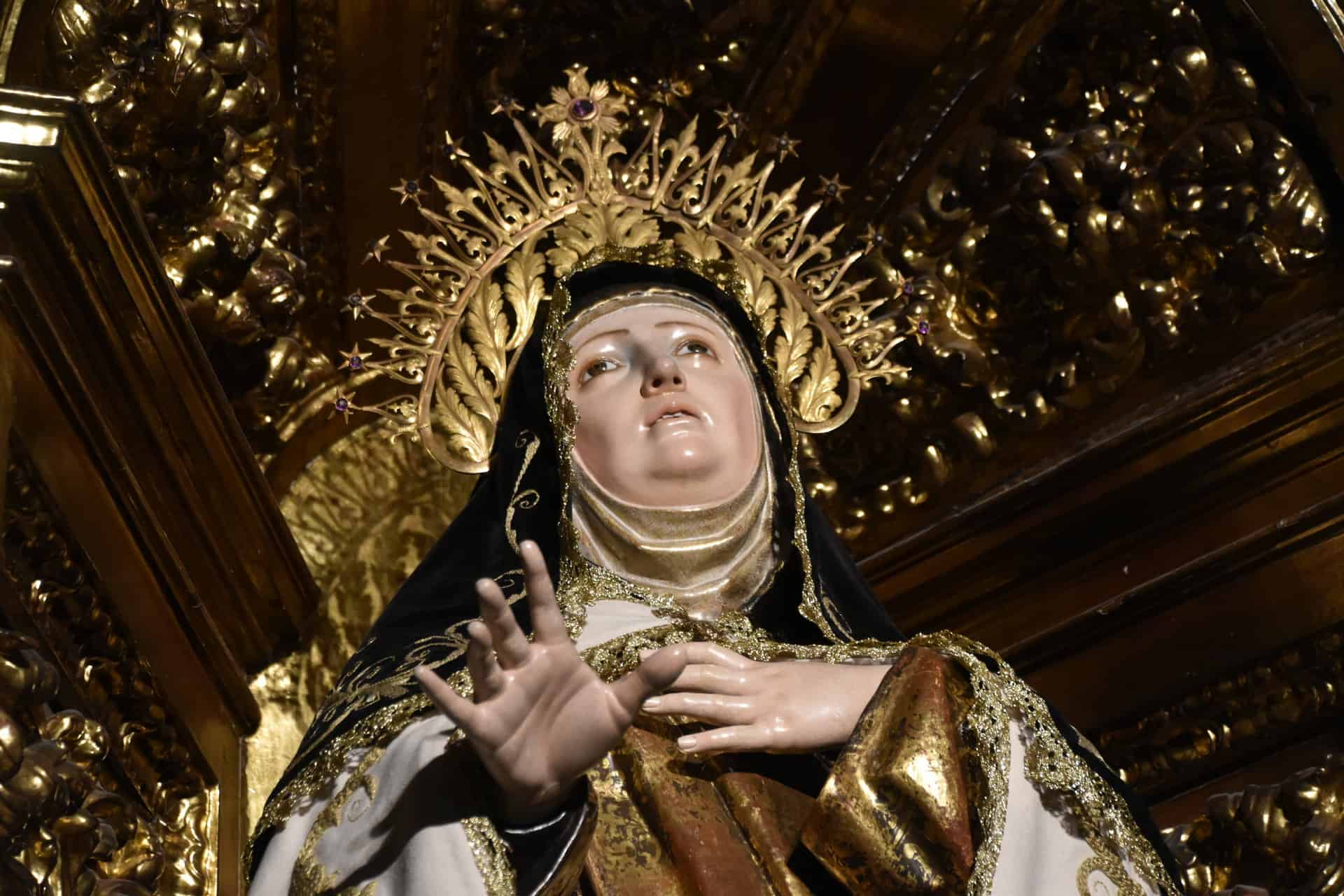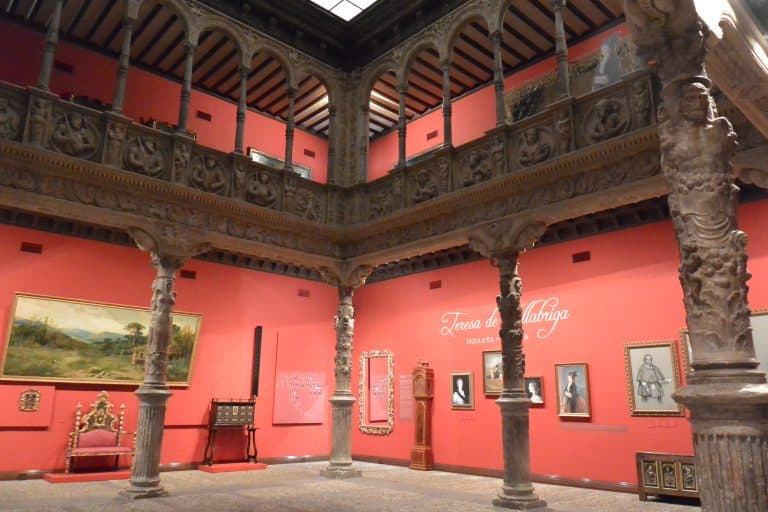
[ Nov.2019 ] The tourist map we received from the information office in Zaragoza in Spain has the small photographs of the tourist attractions.
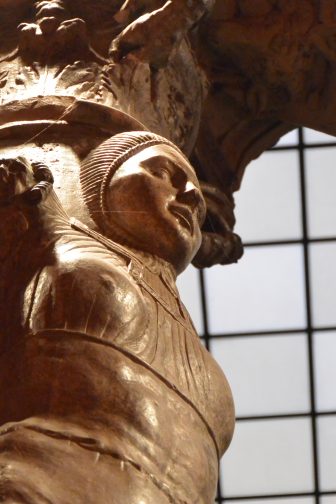
Among them, there was a photo of Patio de la Infanta with the red walls and beautiful intricate pillars, which caught my eye.
Looking it up, we found that it is situated within a building of a bank.
I only half believed it, but when we got there, we found that it was really in an ordinary bank building.
The bank is called Ibercaja, which is one of the so-called saving banks in Spain which are based on the community.
There was a separate entrance for visiting the Patio, away from the main bank entrance and when you pay the entrance fee of €2, they will give you the booklet which explains the history of the Patio which has arrived in the bank building.
Originally, this patio was a part of a house of Mr. Gabriel Zaporta, built in 1549.
He came from a family of Jewish converts to Roman Catholicism and he was an able banker and merchant.
In those days in Spain there were many Jewish who converted to Catholic.
In 1391 Jewish people were persecuted and because of that, about a half of the Jewish in Spain converted.
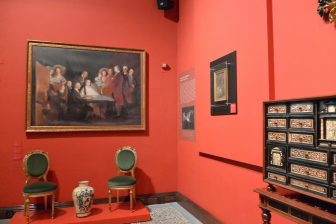
And in 1492, there was the edict which expelled Jewish people, so more Jews converted apparently.
The number of the Jews who were expelled by the edict is said to be from 40000 to 100000.
That reminds me of a synagogue we visited in Sabbioneta in Italy where we learned that there used to be a Jewish community there who had run away from Spain.
Anyway, Mr. Zaporta was a convert who stayed in Spain.
Apparently Zaragoza in the 16th century was a wealthy town and nicknamed ‘The Bountiful’.
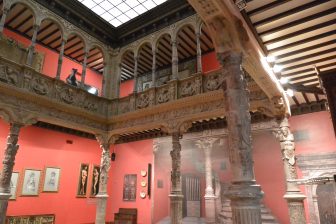
So the house must have been absolutely gorgeous because it was a rich man’s house in the rich city.
Mr. Zaporta’s first wife died after having two children and the much younger second wife had three children, but most of them died young.
The house was passed on to the family of the wife of the oldest son.
After many twists and turns, at the end of the 18th century, an aristocrat woman called Maria Teresa de Vallagriga started living in this house.
She was married to a man from the royal family, but after her husband’s death, she came back to Zaragoza, her hometown and lived here.
Since then, the house was called “the Princess’s House”.
Until around that time, the house had its best days, but after that it seemed to have gone downhill.
It was damaged badly by the fire in 1894 and in 1903 they started demolish it.
The patio was saved and it was bought by a French antiquarian and removed and reconstructed in Paris.
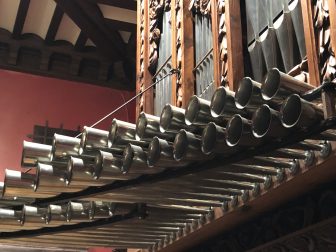
And the one who bought this back was Ibercaja Bank, who paid 30 million French francs.
It was in 1980 when the Patio was housed in the bank headquarters.
It is really a beautiful Patio, but it is just one room, so it does not take long to look at it.
There are two floors, so we asked if we could go upstairs, but we were not allowed unfortunately.
The highlights of the exhibits were the painting by Goya and the fancy pipe organ.
This organ’s pipes were sticking out, which was interesting.
It was made in 1692 and restored in 1990 and now it is played once a year in an event.


